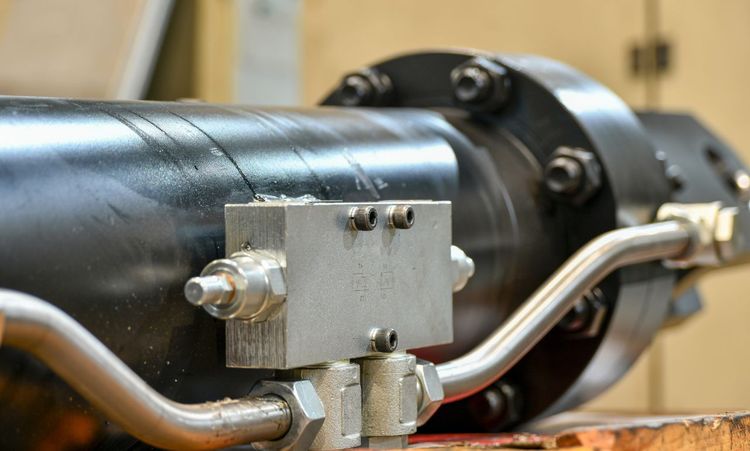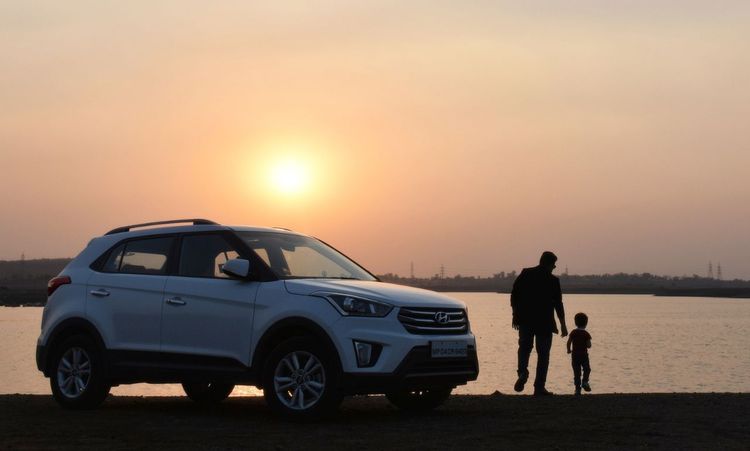Importing vehicles sounds glamorous, right? You picture high-end cars rolling off ships, ready for new owners. But if you've ever been involved in international trade, you know it's not that simple. Importing cars into certain countries can feel like trying to solve a Rubik's Cube blindfolded. Some nations have labyrinthine bureaucracy, steep taxes, or constantly shifting import laws that make the process daunting, even for seasoned professionals.
So, what are the Top 5 Most Challenging Countries to Import Vehicles Into? Let's take a real-world look at where importers often face the most hurdles—and how to overcome them.
1. Brazil
If there's one country that consistently tops the list of import headaches, it's Brazil. The South American giant is famous for its football, samba, and… astronomical import duties. Importing a car here can cost nearly twice its original price due to:
- Import Duty
- Industrialized Products Tax (IPI)
- ICMS (state-level value-added tax)
Brazil's government strongly protects local automakers, making life difficult for importers. Strict homologation procedures ensure imported cars meet local emission and safety standards—often requiring costly modifications.
Importers frequently describe the paperwork as “soul-crushing.” Between inspections, translation requirements for every document, and delays at ports like Santos or Rio de Janeiro, time becomes your biggest enemy. One importer even waited nine months for clearance because of a missing document stamp.
Still, Brazil can be lucrative. Demand for luxury and specialized vehicles—especially electric cars—is rising. Master the bureaucracy, and the rewards follow.
2. India
India is another heavyweight in import complexity. A booming automotive sector paired with extremely high protectionism makes importing costly and slow.
Duties can exceed 150% of the vehicle’s value.
The government’s Make in India initiative favors domestic manufacturing. Importers face mandatory:
- Homologation
- Emissions testing
- Safety certifications
Tesla’s long-delayed entry due to tariff disputes is a well-known example.
Ports such as Mumbai and Chennai are often congested, while inland transport involves navigating patchy road networks and numerous local taxes.
Despite this, India's luxury auto segment is booming—showing that success is possible with preparation, patience, and strong financial planning.
3. Nigeria
Nigeria offers both vast opportunity and significant obstacles. As Africa’s largest economy, demand for both new and used vehicles is enormous—but so are the challenges.
Major hurdles include:
- Corruption
- Inconsistent enforcement of regulations
- Fluctuating import duties
- Inflated vehicle valuations by customs
- Port congestion
At Lagos’ Tin Can Island Port, vehicles can sit for weeks awaiting clearance. Add poor road infrastructure, and inland transport becomes another bottleneck.
A vehicle shipped from Germany may take three weeks at sea, but two months to reach Abuja.
Those who succeed typically:
- Build strong local partnerships
- Understand informal customs practices
- Develop trust with port and customs officials
4. China
China is a massive market full of opportunity but notorious for regulatory strictness.
Key challenges:
- Only registered importers can bring vehicles in
- Mandatory CCC (China Compulsory Certification) for each model
- Tariffs around 15%
- Additional VAT and a consumption tax (higher for large engines)
Total markups can hit 50%.
Mislabeling, missing documents, or non-compliance can result in full shipment rejection. Tesla overcame many hurdles by building a Gigafactory locally—an option most importers can’t afford.
Despite the challenges, China's appetite for luxury imports (Porsche, Rolls-Royce, etc.) remains strong.
5. Australia
Australia might seem like an unexpected addition, but its strict regulatory environment earns it a top-five spot.
Import rules are extremely tight due to:
- The Vehicle Standards Act
- Australian Design Rules (ADRs)
- Mandatory quarantine inspections
- SEVS (Specialist and Enthusiast Vehicle Scheme) restrictions
Only select vehicles can be imported without manufacturer support. One importer reported a rare Nissan Skyline sitting at port for months while authorities debated its SEVS eligibility—resulting in massive storage fees.
Australia’s geographic isolation also means:
- Higher shipping costs
- Slow delivery of spare parts
Yet the market rewards rare and enthusiast vehicles, making the effort worthwhile for some.
General Strategies for Successful Vehicle Importation
Importers who succeed in tough markets rely on strategy—not luck.
1. Build Strong Local Partnerships
Local experts understand unwritten rules, regulatory interpretations, and administrative pathways.
2. Treat Compliance as Non-Negotiable
Cutting corners risks fines, confiscation, or shipment rejection.
3. Expect Delays
Vehicle importation is rarely linear; anticipating obstacles helps reduce financial losses.
The Role of an Importer of Record (IOR)
An Importer of Record is often the unsung hero of international vehicle logistics. They ensure:
- Compliance with regulations
- Taxes and duties are paid
- Proper documentation
- Smooth communication with customs
In highly regulated markets like Brazil and China, a reliable IOR is essential.
Look for an IOR with:
- Experience in your target country
- Transparent pricing
- A proven history with customs authorities
Meticulous Documentation and Compliance
Documentation is often the biggest cause of delays.
Examples of documentation quirks:
- Brazil: notarized translations
- China: CCC certificates
- Australia: quarantine clearance forms
Successful importers:
- Create detailed checklists
- Triple-validate documentation
- Use professionals to review paperwork
Budgeting for the True Cost
Hidden fees typically surprise new importers.
Costs to factor in:
- Shipping
- Port storage
- Demurrage
- Insurance
- Compliance testing
- Translations
- Fines or penalties
Examples:
- Nigeria: high unexpected storage fees
- India: inland transport can cost more than ocean freight
- Australia: ADR modifications can add 20% to total costs
Navigating Logistics and Shipping Challenges
Shipping involves more than vessel selection. Common challenges:
- Port congestion
- Strict quarantine checks
- Poor infrastructure
- Documentation issues
- Timing and route complexity
Using specialized vehicle logistics companies improves predictability and reduces risk.
Staying Updated with Evolving Regulations
Import laws change often:
- China: annual emission standard updates
- Brazil: frequent tax code adjustments
- Australia: periodic quarantine tightening
Stay informed through:
- Trade bulletins
- Industry associations
- Local consultants
- Direct contact with customs
Knowledge = reduced risk + better profitability.
Conclusion
Importing vehicles into challenging markets demands patience, expertise, and strategic planning. Understanding the top 5 most difficult countries—Brazil, India, Nigeria, China, and Australia—helps importers anticipate risks and build stronger strategies.
With strong local partners, meticulous documentation, and adaptability, even the toughest markets can become profitable.
Are you ready to take your import business global? The road may be demanding—but the destination is worth it.




